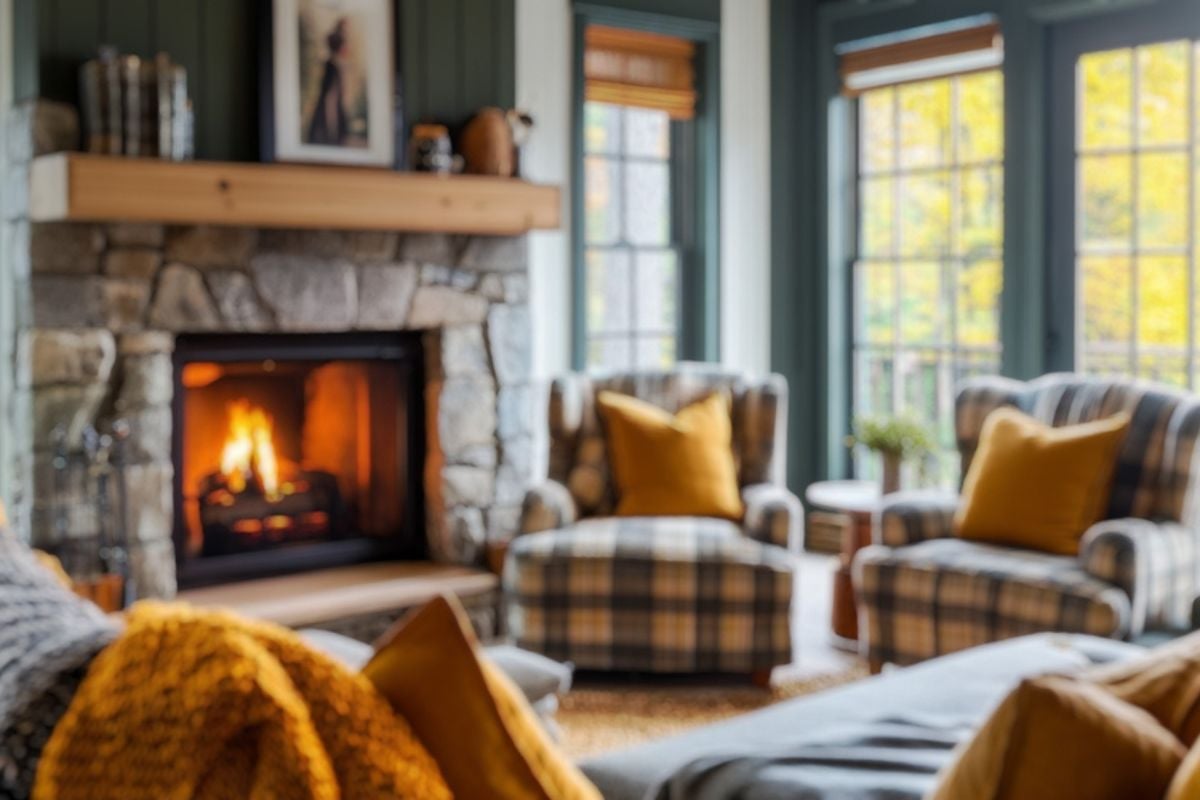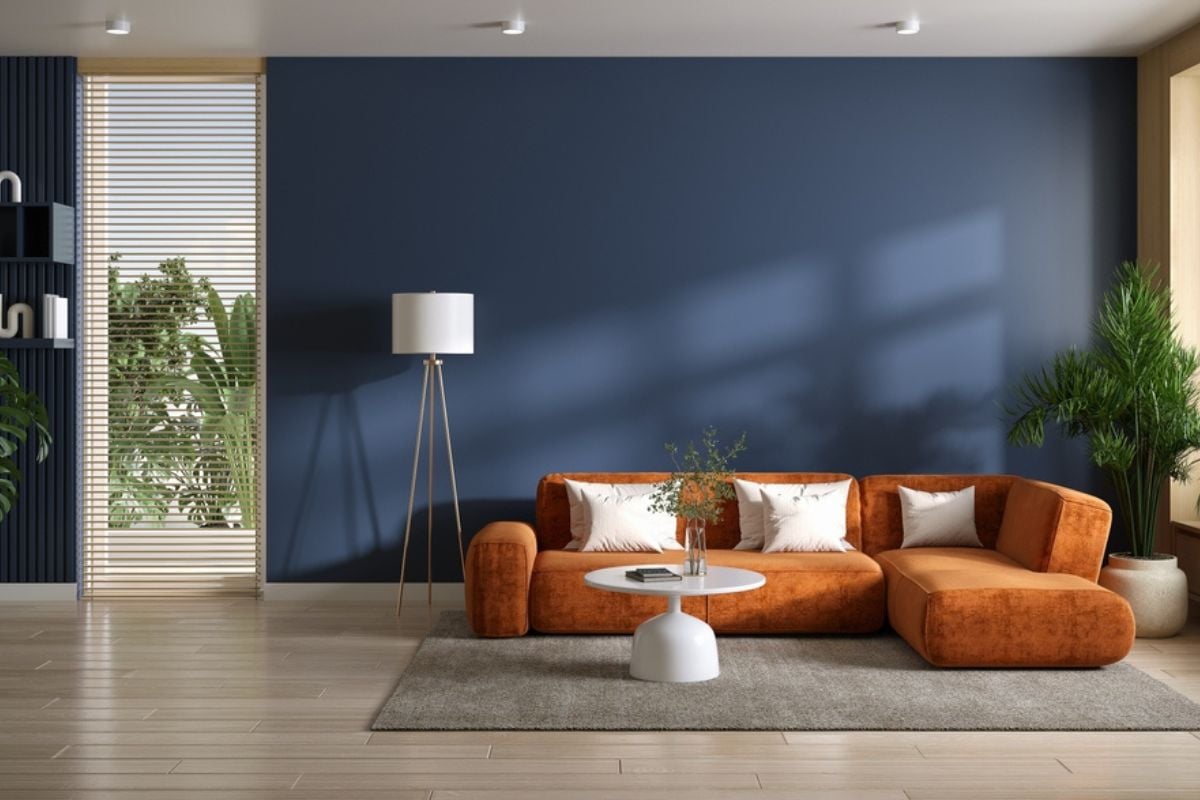
The bedroom may be the most personal room in the house, but it’s also one of the most critical when it comes to resale value. Buyers walk into a bedroom expecting comfort, practicality, and the sense that they won’t need to start ripping things out the moment they move in.
Unfortunately, many design choices that seem bold, cozy, or “unique” end up making the space feel dated, cramped, or downright impractical. From outdated finishes to over-the-top personal touches, these missteps quietly erode value in ways that might not be obvious until it’s time to sell. Here are the 26 bedroom choices experts agree can sabotage your home’s appeal—and your bottom line.
26. Hollow-Core Doors Leak Sound
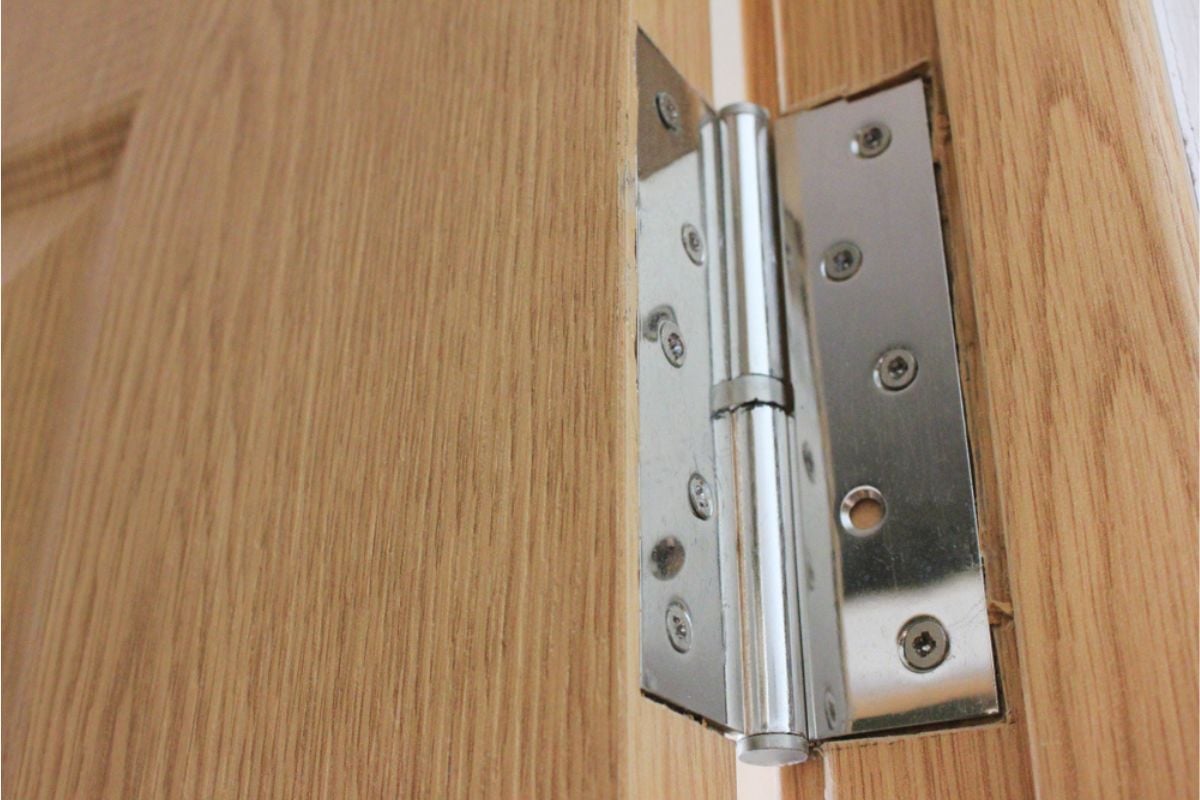
Hollow-core doors broadcast every hallway footstep and late-night kitchen raid, which makes bedrooms feel less private and less premium. Buyers equate quiet with quality, so flimsy doors read as a cut corner they’ll need to fix. Solid-core swaps cost more, but they dramatically improve acoustics and perceived value. If you’re selling, this is one of those small upgrades that photographs the same but feels worlds better at a showing.
25. No Functional Window Treatments
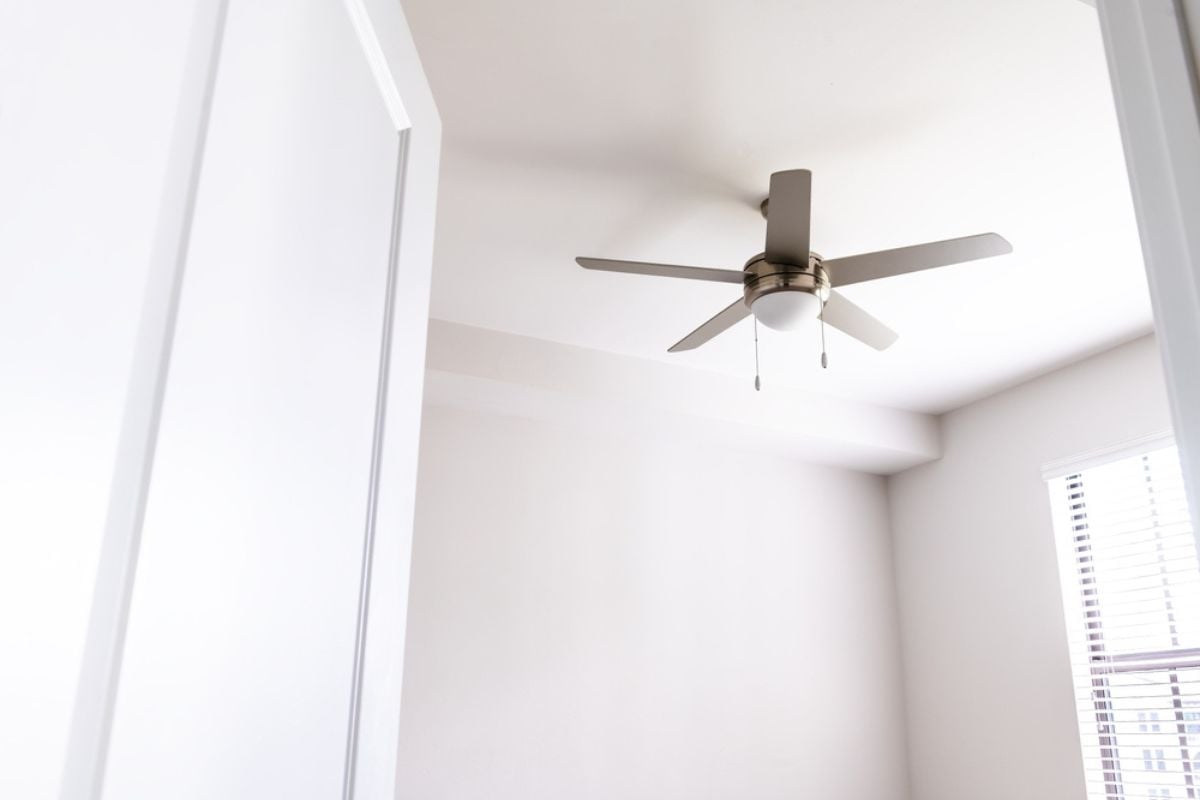
Skipping blinds or shades leaves buyers thinking about sun glare, early morning wake-ups, and awkward dressing situations. Bedrooms need light control and privacy, and bare windows signal more work and expense ahead. Even inexpensive roller shades or layered drapery instantly make the room look finished. Add blackout liners for sleep quality and you’ve just turned a negative into a selling point.
24. Noisy Window AC By Headboard

A rattling window unit inches from your ear ruins both sleep and first impressions. It screams “no central HVAC” and “budget fix,” two phrases that chill buyer enthusiasm. If central air isn’t feasible, consider a quiet mini-split that’s efficient and unobtrusive. The upgrade reduces noise, improves comfort, and stops buyers from mentally subtracting dollars during the tour.
23. Oversized Furniture Kills Circulation
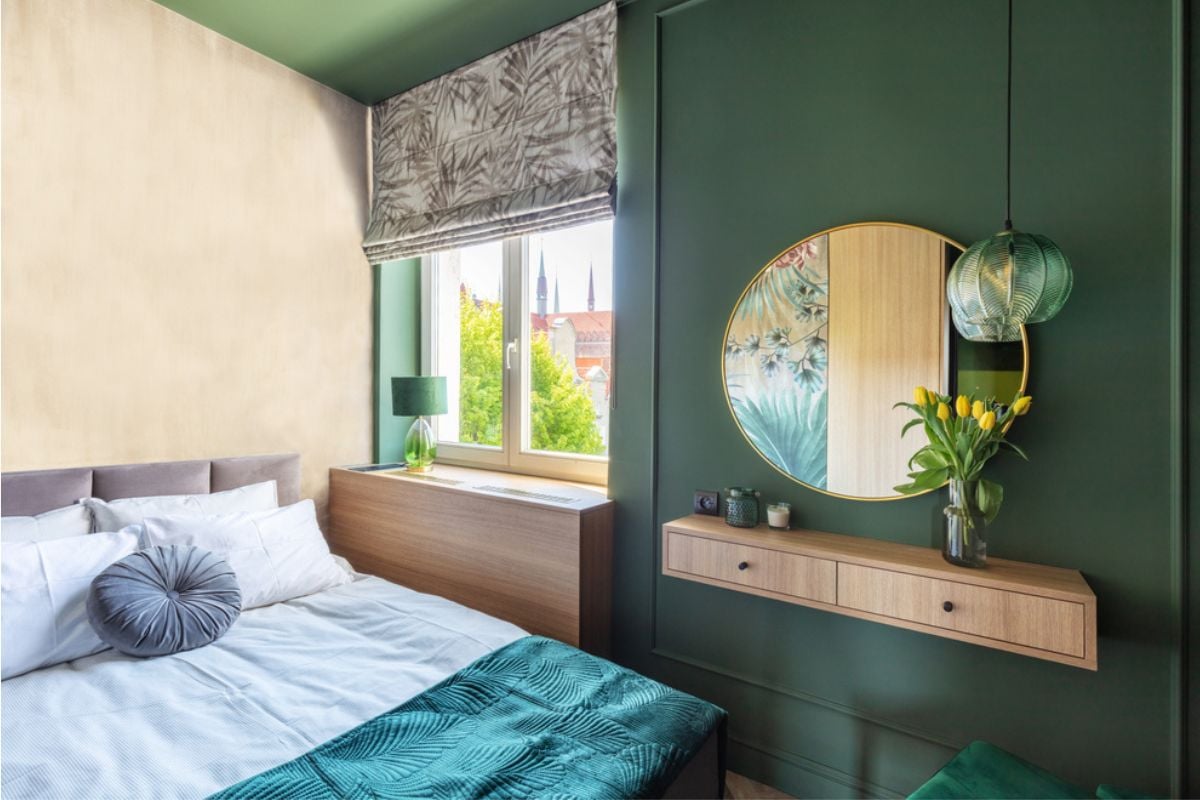
That king bed with giant nightstands may feel luxurious, but if you have to shuffle sideways to reach the closet, value takes a hit. Buyers judge square footage by how easily they can move, not just what the tape measure says. Right-size the pieces so there’s clear walking paths on both sides of the bed. When rooms breathe, buyers perceive them as bigger and more functional.
22. Gimmicky Built-In Aquarium Niche
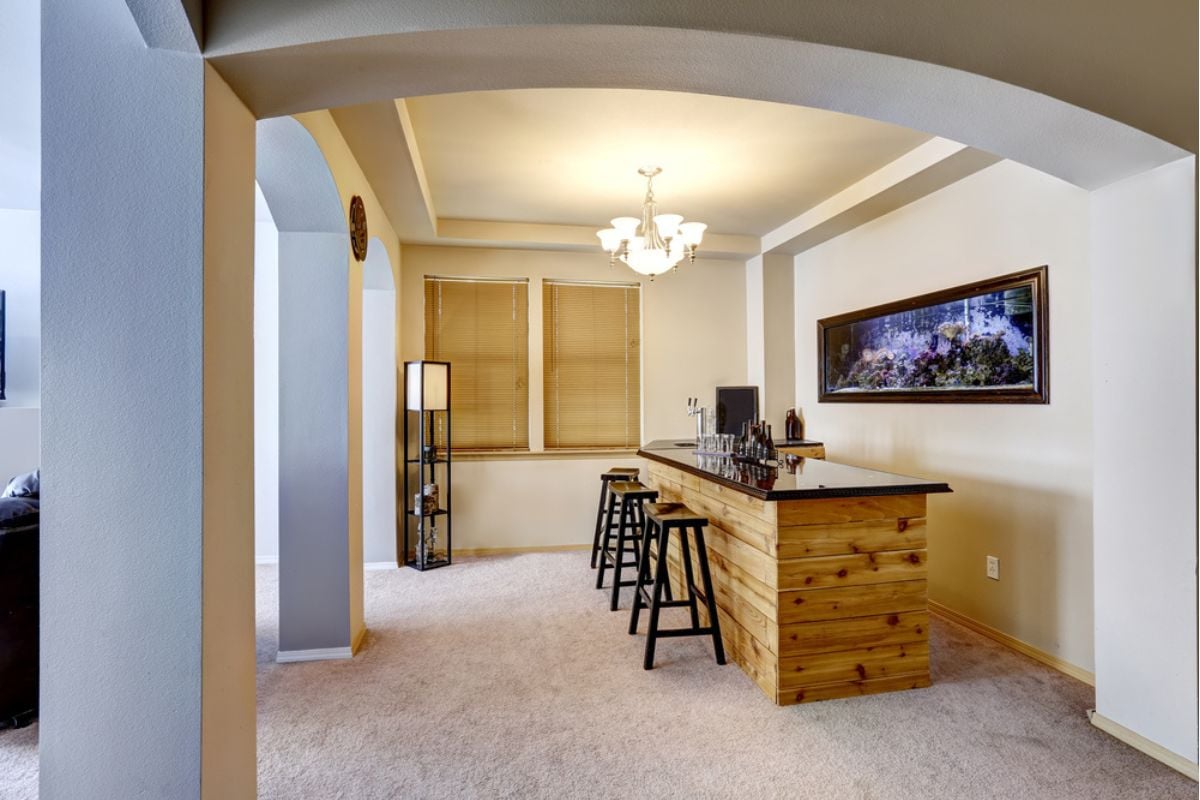
Exotic niches and aquariums lock the room into a very specific lifestyle that most buyers don’t share. They also raise questions about maintenance, moisture, and electrical access behind walls. Specialty built-ins limit furniture placement and reduce flexibility for future owners. Remove the gimmick and return the wall to a clean canvas, and you’ll broaden appeal instantly.
21. Upholstered Walls Trap Odors
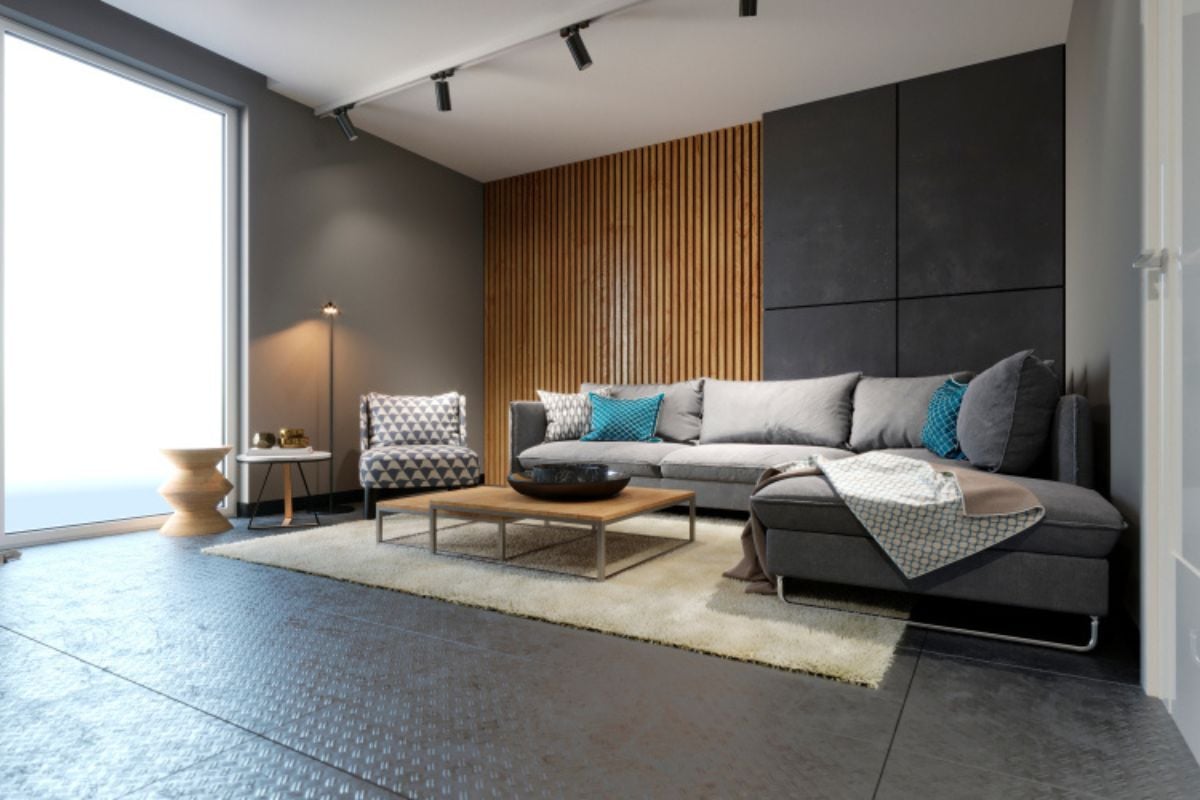
Fabric-covered walls feel like a time capsule and often hold on to dust, allergens, and smells. Cleaning them is a chore and replacing them is expensive, which buyers mentally add to their renovation budget. Smooth, paintable drywall reads cleaner, brighter, and more current. If you want warmth, use textiles in easily swappable drapery, rugs, and headboards instead.
20. Busy, Hard-To-Remove Wallpapers
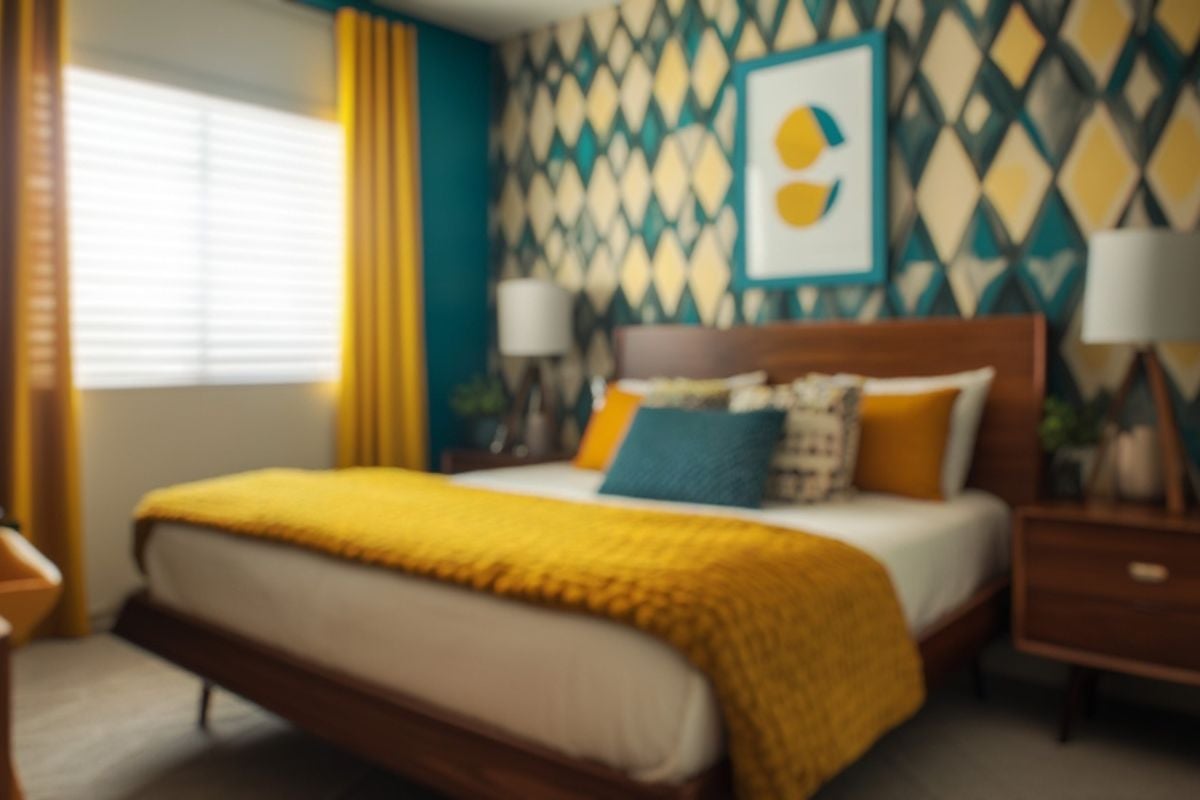
Murals and high-contrast patterns can photograph well but scare buyers who imagine weekends with steamers and scrapers. Even peel-and-stick can leave residue or damage if installed poorly. Neutral, textural wallpapers or paint keep the vibe calm and move-in ready. Save the bold print for a framed piece of art that can come down in seconds.
19. Obsolete, Brand-Locked Smart Controls

Outdated hubs and proprietary switches turn a simple light into a tech support ticket for new owners. Buyers worry about security, compatibility, and subscription costs when they see retired ecosystems on the wall. Standardize on platform-agnostic dimmers or keep controls simple and universally replaceable. Tech should enhance comfort, not create disassembly instructions at closing.
18. Blackout Cave Blocks Daylight
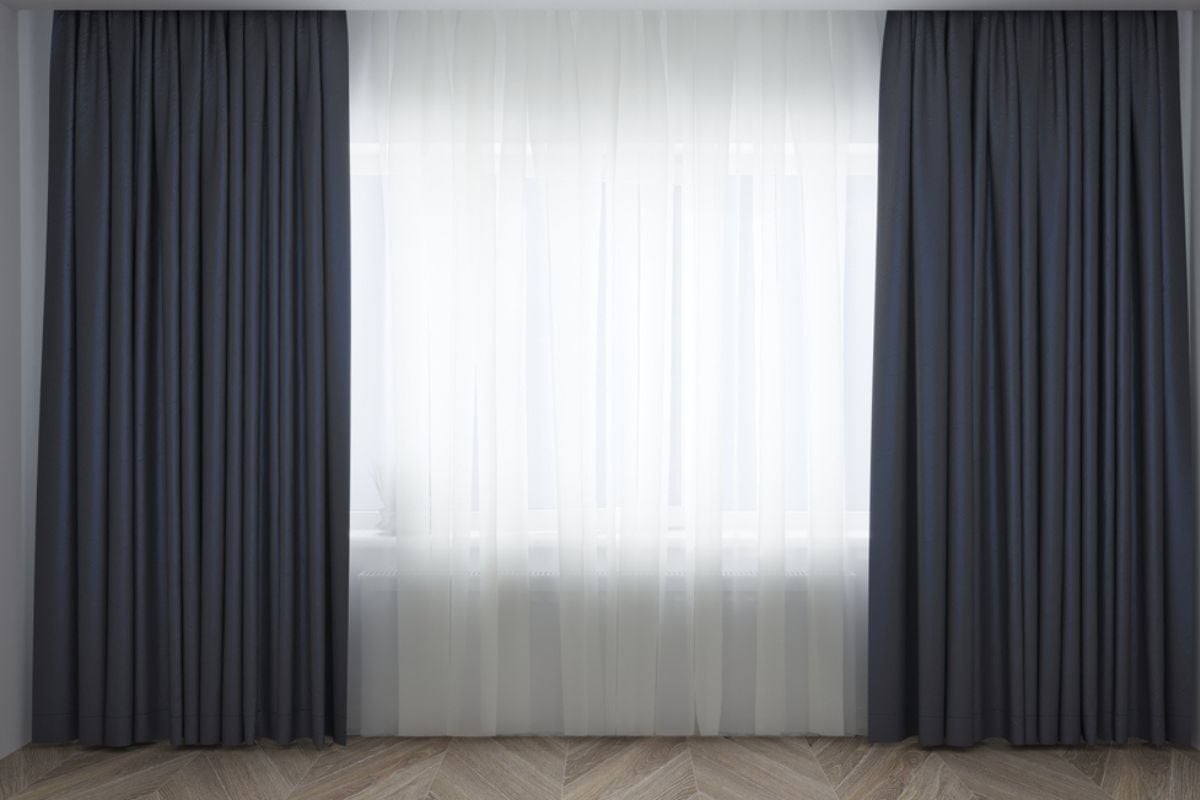
Permanent light-blocking films and heavy, always-closed treatments make bedrooms feel smaller and dingier. Natural light is one of the top value drivers in any listing photo. Install layered window treatments—sheers for daytime privacy and blackout for sleep—so buyers see flexibility. Let the room show bright by day and restful by night, and you’ll hit both priorities.
17. Overpowering Scents Create Suspicion

Intense plug-ins or sprays make buyers wonder what you’re trying to cover up. Strong fragrances can also trigger headaches and allergies, turning a showing into a sprint. Aim for clean air first—launder textiles, open windows, and run a HEPA purifier. If you scent at all, keep it barely-there and neutral so the space—not the perfume—does the talking.
16. Messy Wires And Cords
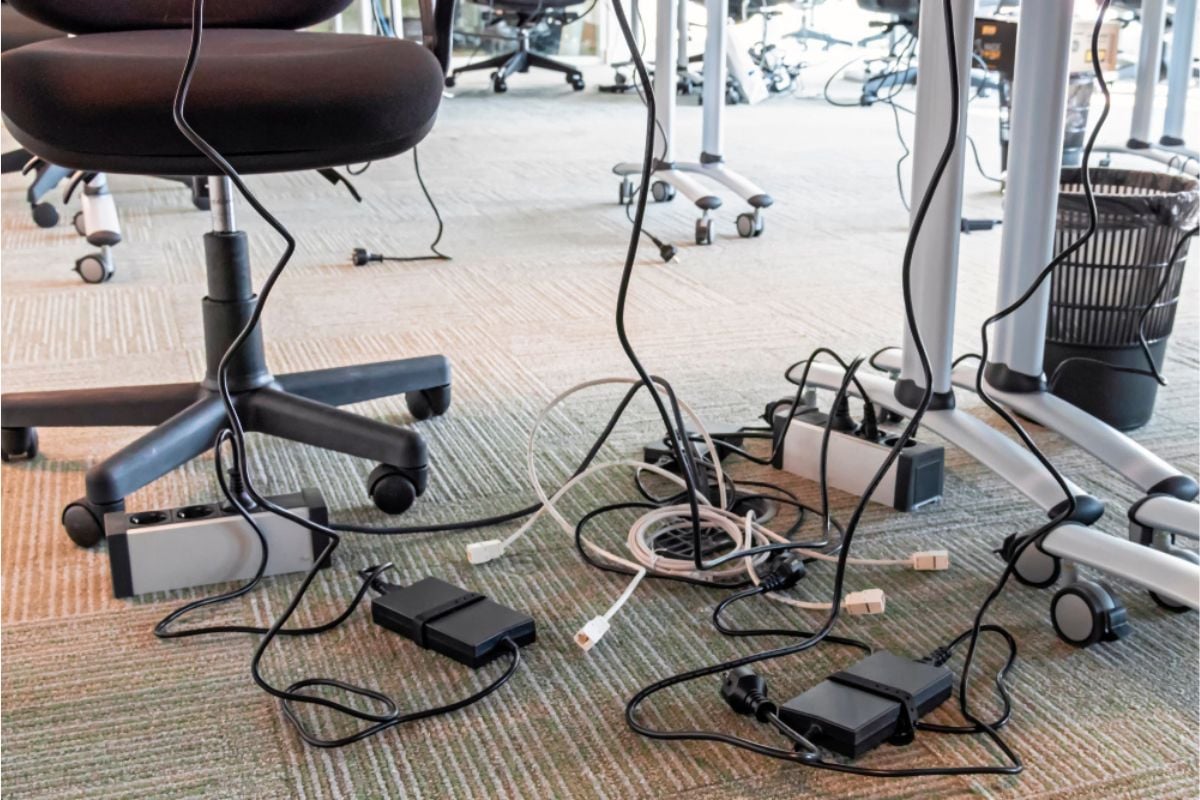
Tangled chargers, visible TV cables, and overloaded strips instantly cheapen a bedroom. They suggest a lack of planning and make buyers think about insufficient outlets or old electrical. Use cord channels, add a couple of discreet outlets, and route charging into drawers or nightstand grommets. The cleaner the lines, the more polished—and valuable—the room feels.
15. Cheap, Hollow-Sounding Flooring
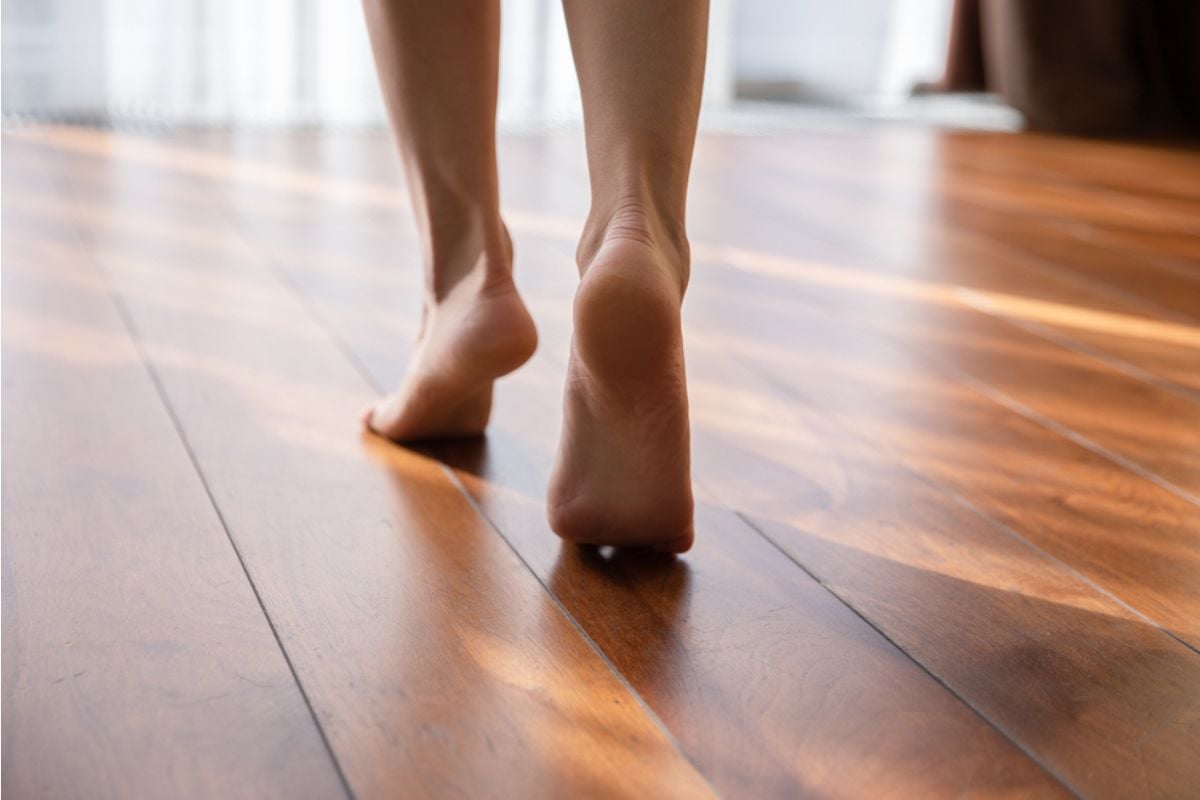
Thin laminate that clicks underfoot broadcasts “builder-grade” and wears quickly in high-traffic paths. Bedrooms benefit from quiet, warm finishes that feel substantial. Consider quality luxury vinyl plank, engineered wood, or carpet with a proper pad for comfort. Better acoustics and texture elevate the experience and stop buyers from budgeting replacements.
14. No Overhead Light, Perpetual Dimness
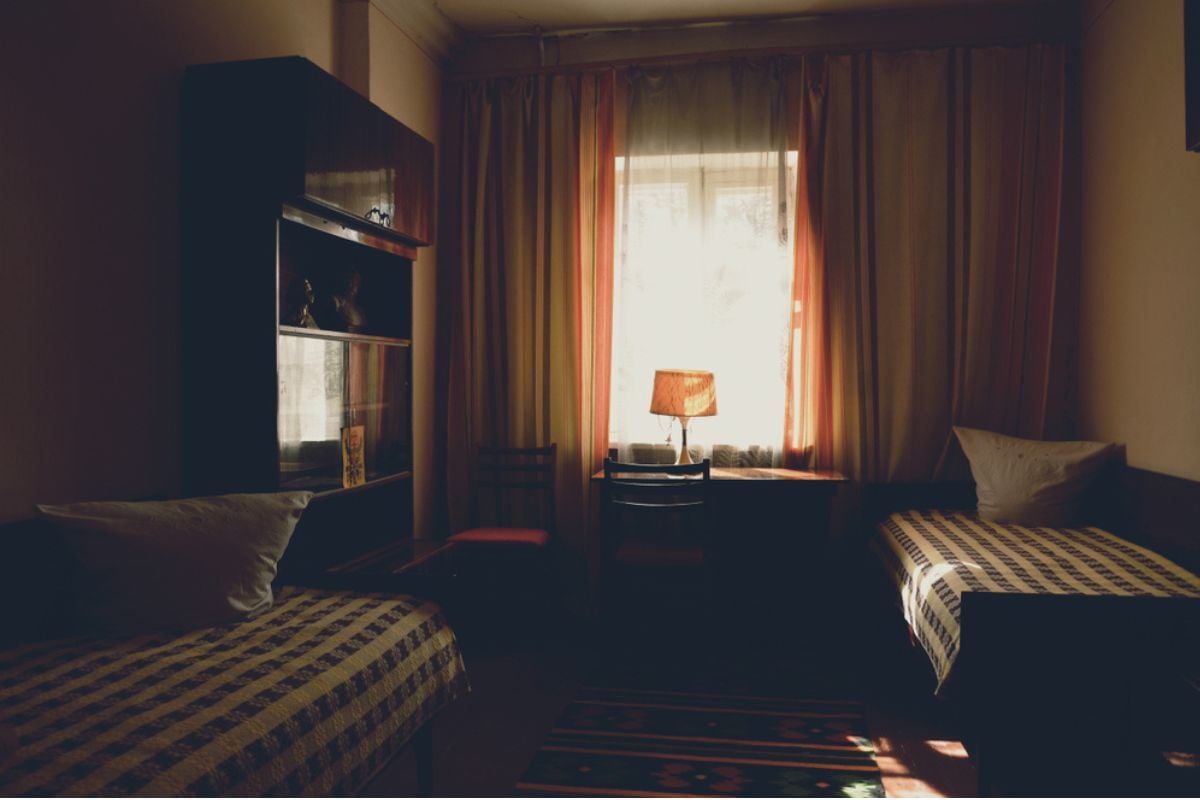
Relying only on table lamps makes bedrooms feel murky and impractical for real life. Appraisers and buyers both notice when basic lighting lacks, because it signals more electrician time later. Add a ceiling fixture or a low-profile fan-light combo with dimming and warm color temperature. Layer in bedside and accent lighting for a hotel-level glow that sells the mood.
13. Ceiling Fan Wrongly Sized
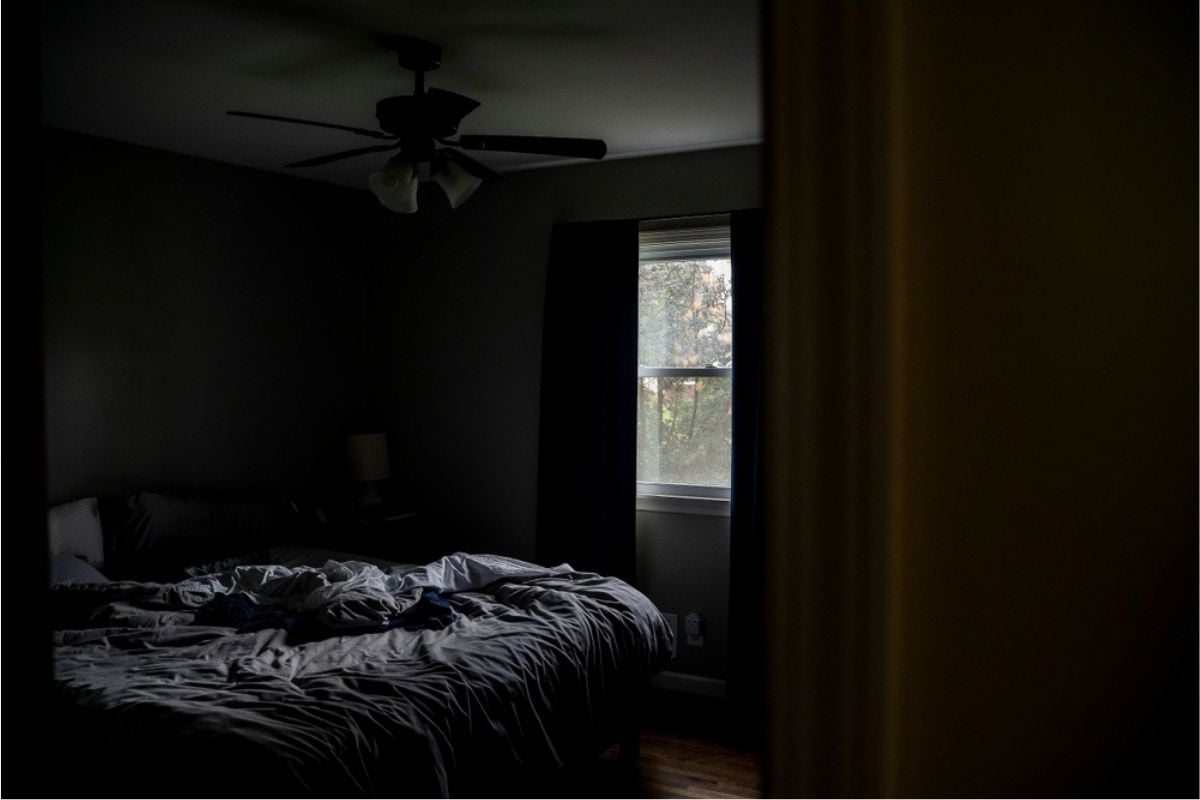
A tiny fan in a big room does nothing, while an oversized bladed monster dominates the ceiling. Buyers read mis-sized fixtures as DIY missteps and a future expense. Follow sizing guidelines so airflow and scale match the room’s dimensions. A quiet, energy-efficient fan that fits right says “comfortable and considered,” which nudges value up.
12. Bedroom Without Legal Egress
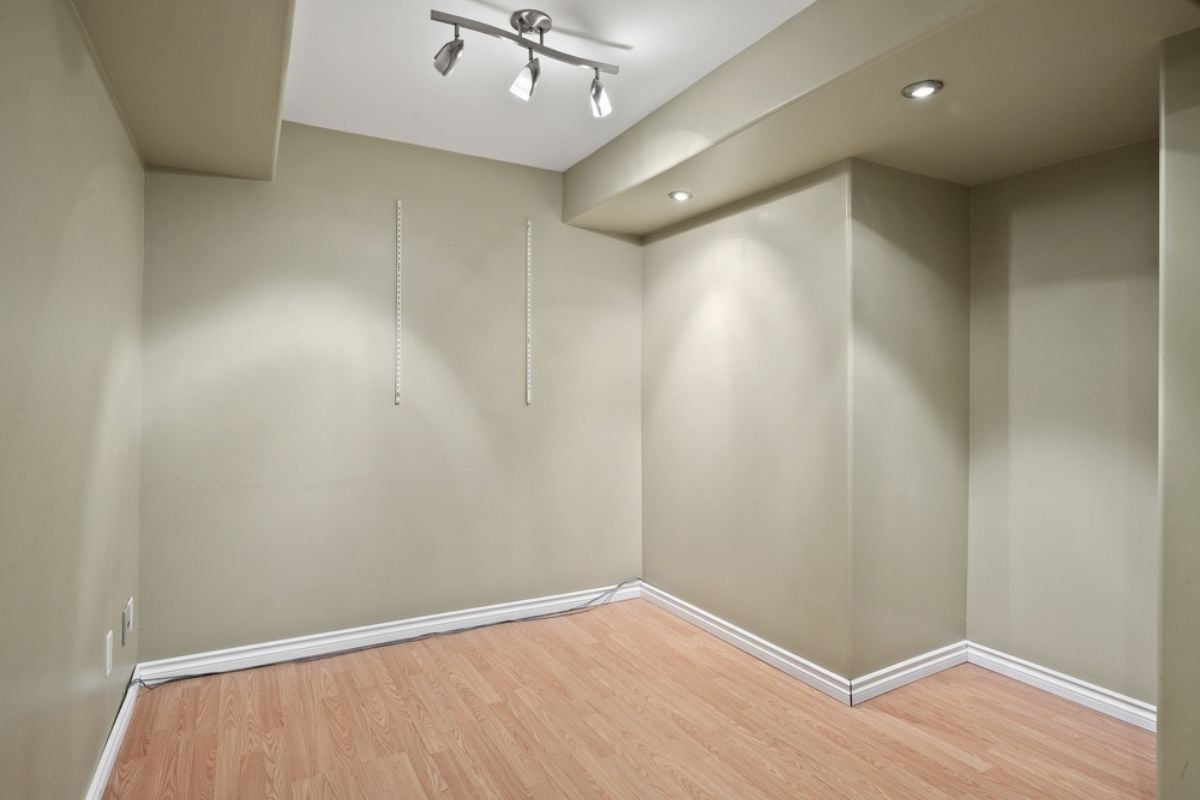
Calling a space a bedroom without a proper window or exit is a code and safety problem, not a branding issue. Appraisers may not count it and buyers worry about emergencies. If you’re finishing a basement or attic, invest in compliant egress windows or exits. You’ll gain legitimate square footage and sidestep inspection drama later.
11. Unpermitted Bedroom Alterations
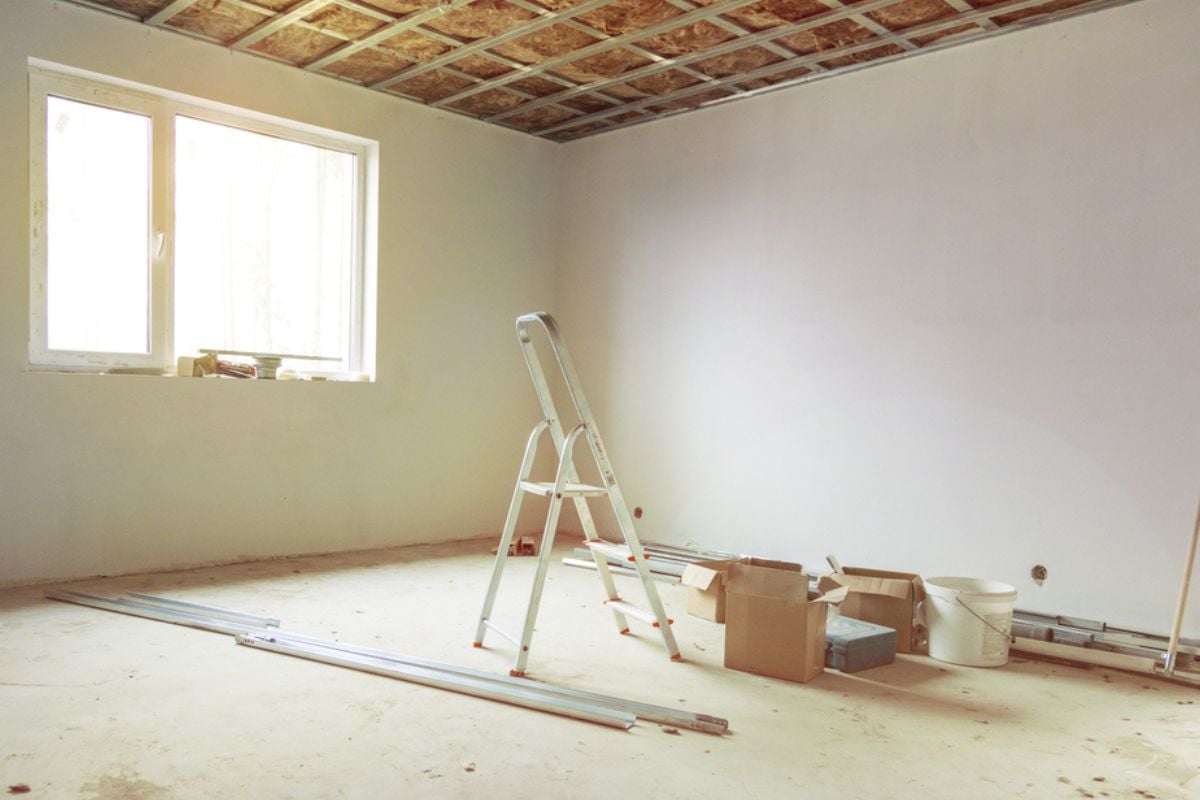
Walls moved or closets added without permits can jeopardize financing and trigger costly fixes during escrow. Buyers and inspectors look for paperwork because it protects safety and value. Where permits are required, get them, keep them, and put copies in a tidy binder for showings. Transparency builds trust—and trusted homes sell faster and stronger.
10. Removing The Bedroom Door
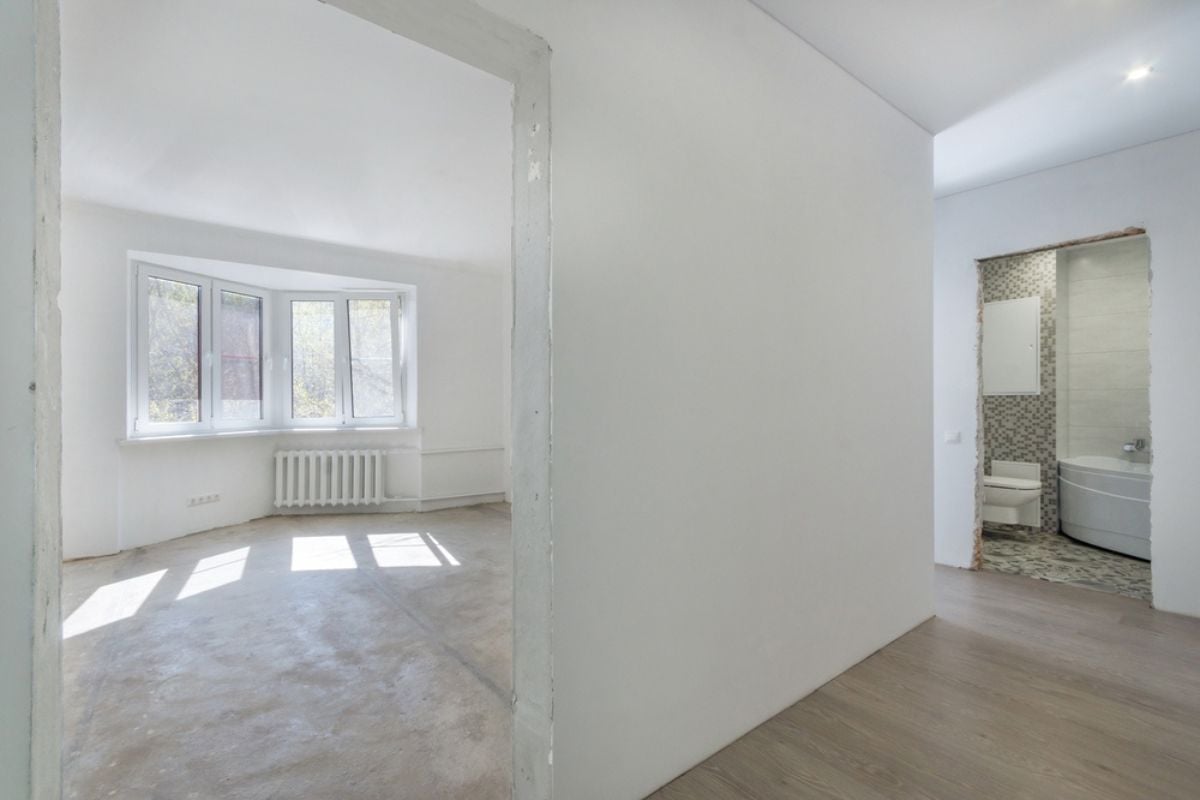
No door means no privacy, no noise control, and no way to retreat—three strikes in a space meant for rest. Even trendy archways or curtains won’t convince most buyers. Reinstall a proper, well-hung door with quality hardware and smooth operation. It’s a basic expectation that instantly restores function and value.
9. DIY Barn Door On Bathroom
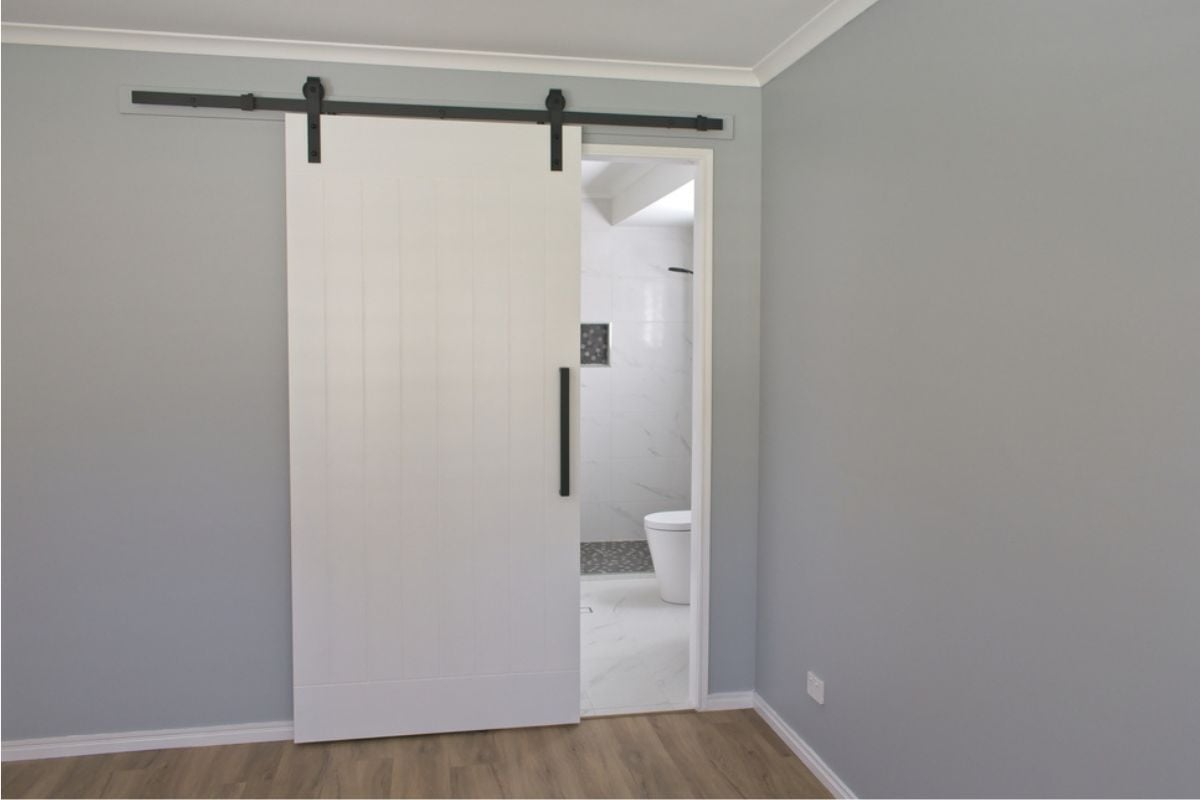
Sliding barn doors leak sound, light, and smells, which is exactly what a bathroom shouldn’t do. They also rarely provide a tight seal or good ADA clearance in tight bedrooms. Swap for a pocket door with a privacy latch or a standard swing where space allows. You keep the look clean and give buyers the discretion they expect.
8. Built-In Platform Or Niche Bed
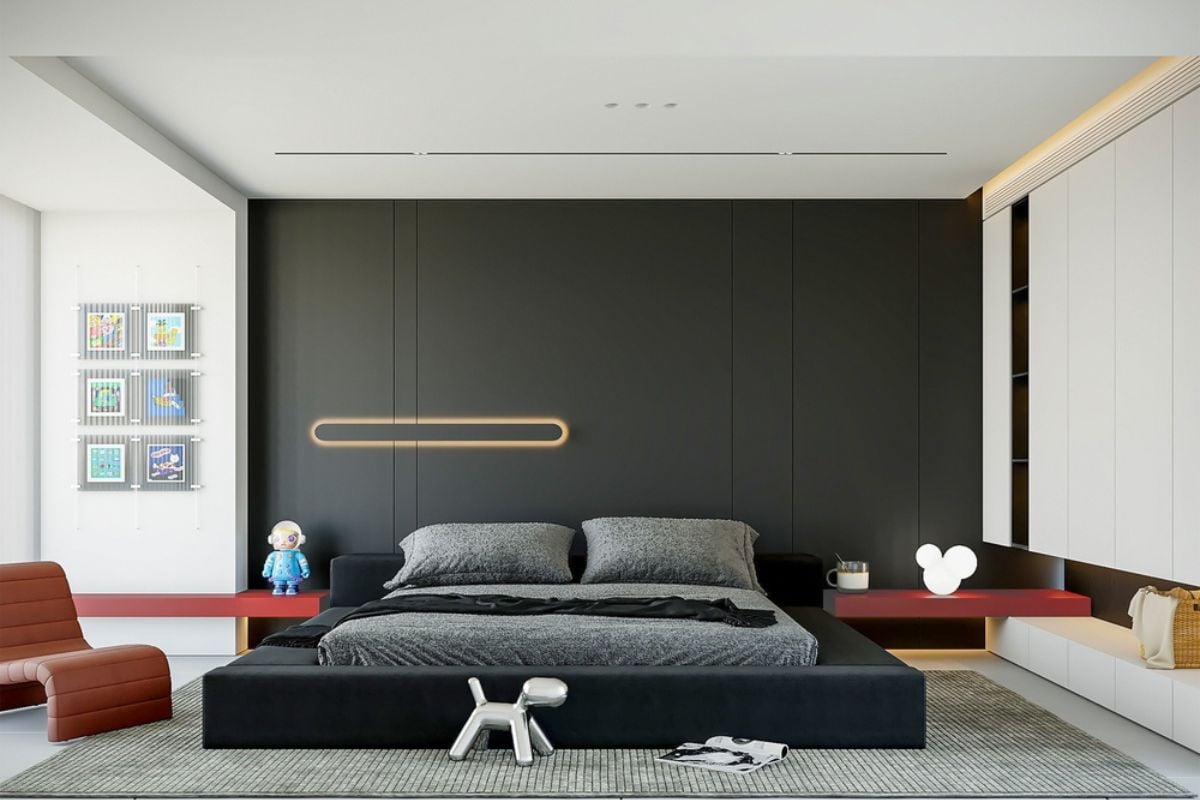
Permanent platforms dictate mattress size and strangle furniture layout options. They also complicate cleaning and look worn fast if not perfectly built. Buyers prefer flexibility to reconfigure the room or upgrade to different bed sizes. A classic bed frame with a great headboard delivers the design moment without boxing anyone in.
7. Mirrored Walls Date The Room
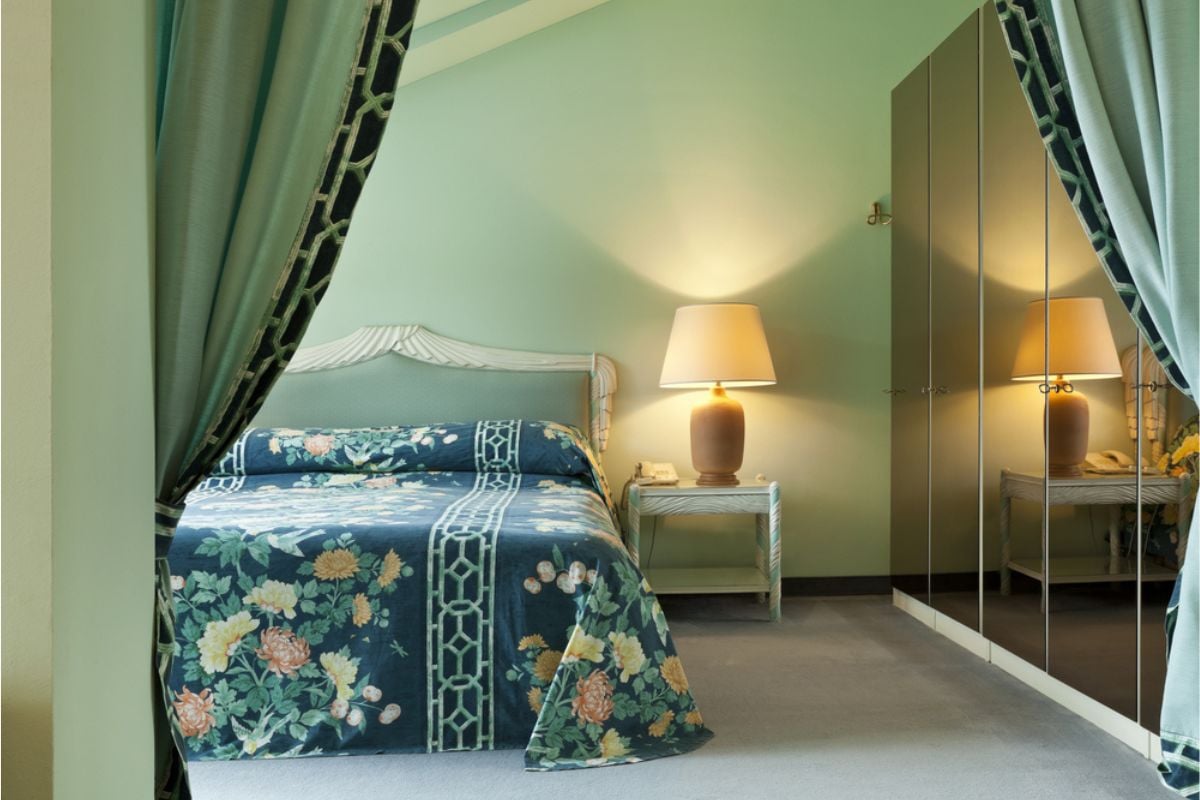
Floor-to-ceiling mirrors read as 1980s gym, not restful primary suite. They show every smudge in photos and make buyers think about removal costs and wall repair. Use mirrors strategically—above a dresser or as a framed piece—to bounce light without overwhelming. You’ll keep brightness while shedding the retro baggage.
6. Popcorn Or Heavy Ceilings
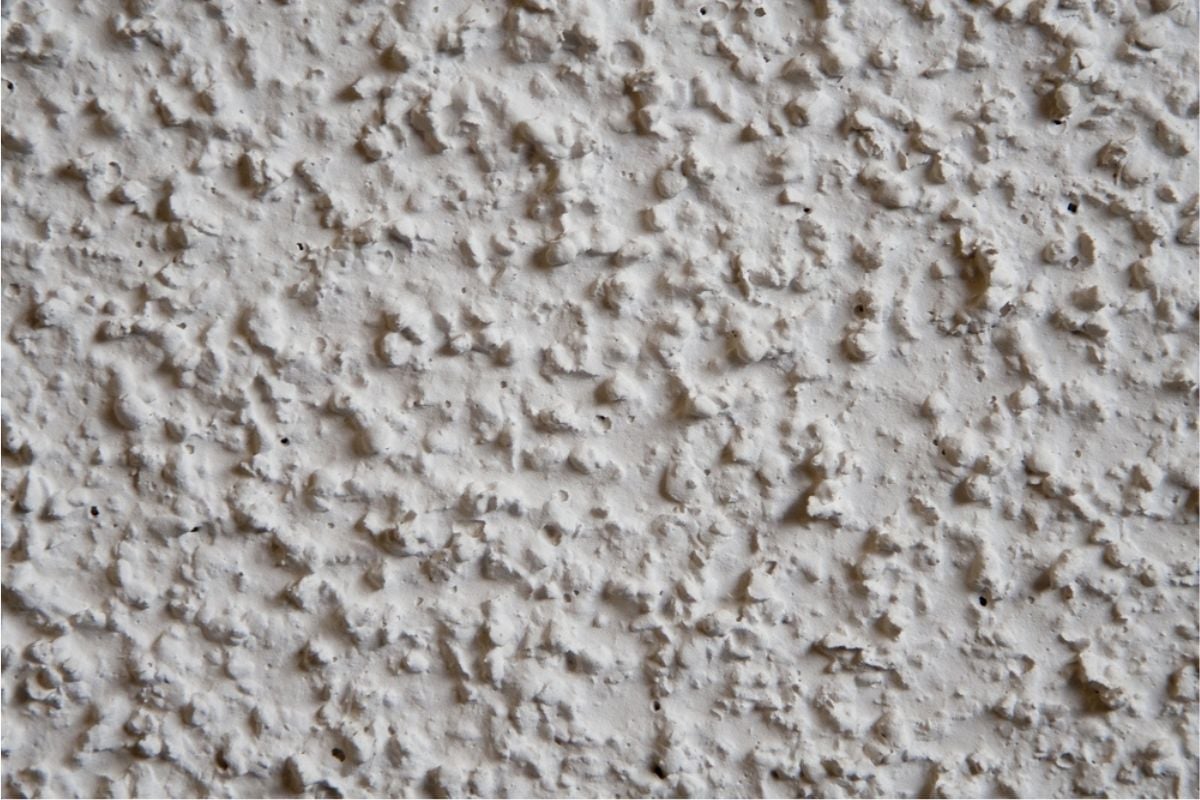
Textured ceilings collect dust, shadow unevenly, and signal an older home in need of updates. Many buyers assume asbestos testing and messy remediation, which adds perceived cost. Skim-coating or replacing with smooth drywall modernizes the entire room at once. Fresh paint on a flat surface makes everything below it feel newer.
5. Aging Wall-To-Wall Carpeting

Old carpet traps allergens and shows traffic lanes that no steam clean can hide. Buyers immediately calculate replacement costs, and some avoid carpet entirely in warm climates. If you keep carpet, replace the pad and choose a durable, low-pile style in a timeless neutral. Otherwise, upgrade to hard surfaces and layer a washable rug for softness.
4. Too-Dark, Light-Absorbing Paint
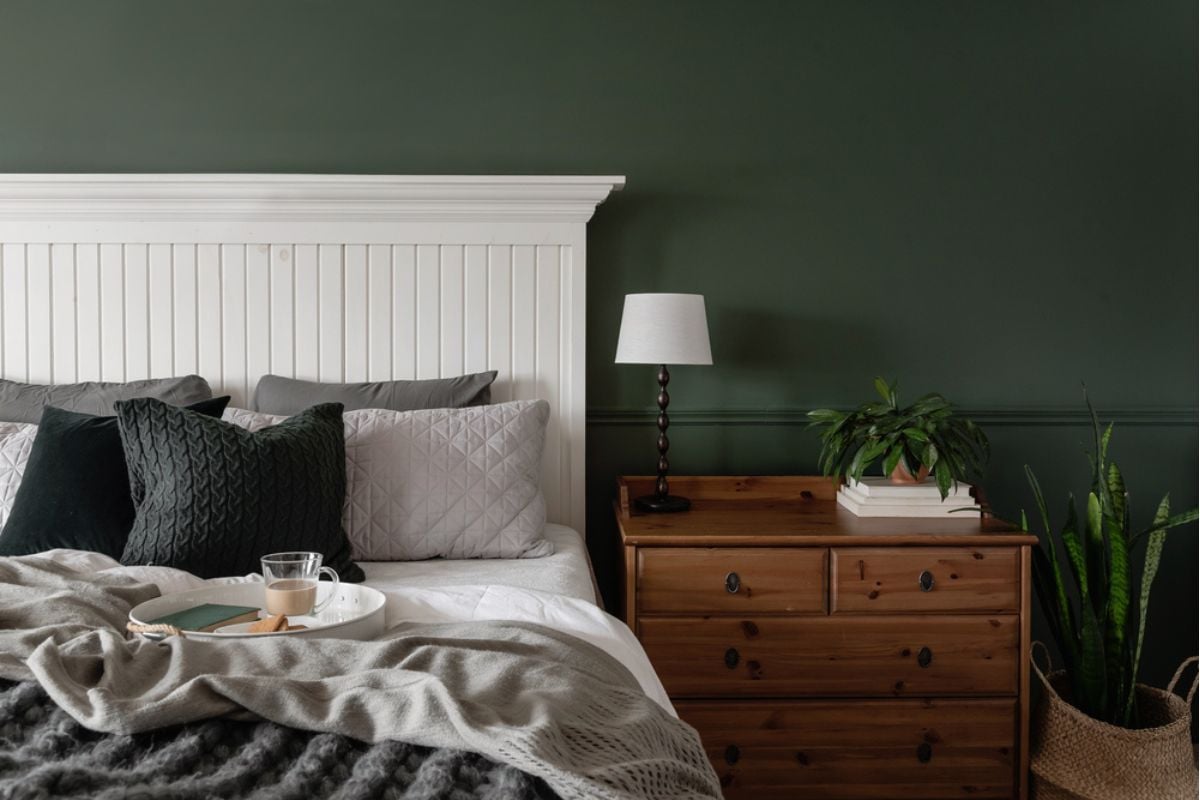
In bedrooms with limited daylight, near-black tones swallow space and make photos dreary. Dark palettes can be stunning, but they require balanced lighting and generous natural light to work. If you’re selling, shift to warm, light neutrals that still feel cozy. You’ll show bigger, brighter, and far more move-in ready.
3. Loud Theme Decor Polarizes Buyers
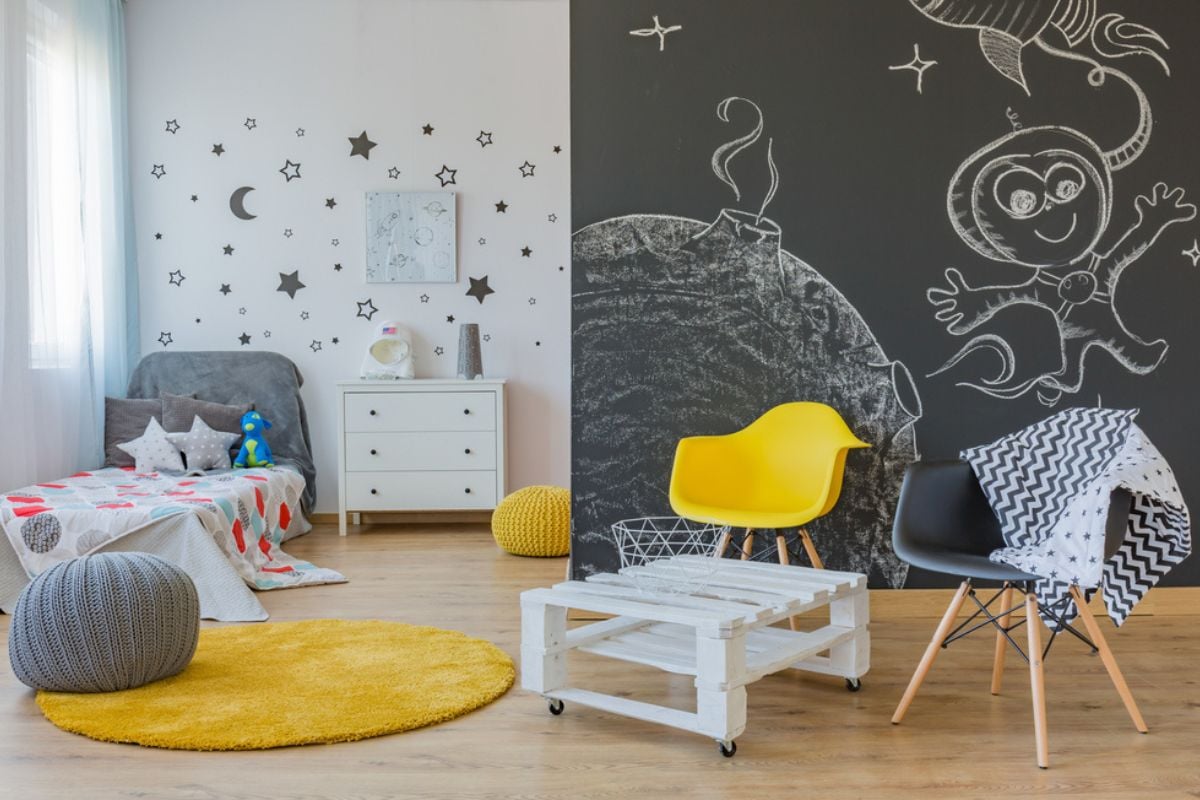
A bedroom that screams sports team, princess castle, or maximal neon sets narrows your buyer pool fast. People want to imagine their own life in the space, not yours. Tone down themes to layered textures, simple art, and a color story that can skew masculine or feminine. The more broadly appealing it feels, the stronger your offers get.
2. Permanent Bedroom-To-Office Conversion

Built-in desks and wall-to-wall shelving erase the room’s primary purpose and may reduce the bedroom count on listings. In many markets, bedroom count drives price bands and comp selection. Make office elements reversible—freestanding desks, plug-in sconces, and modular storage. Show buyers it can be a great office today and an easy bedroom tomorrow.
1. Eliminating The Bedroom Closet
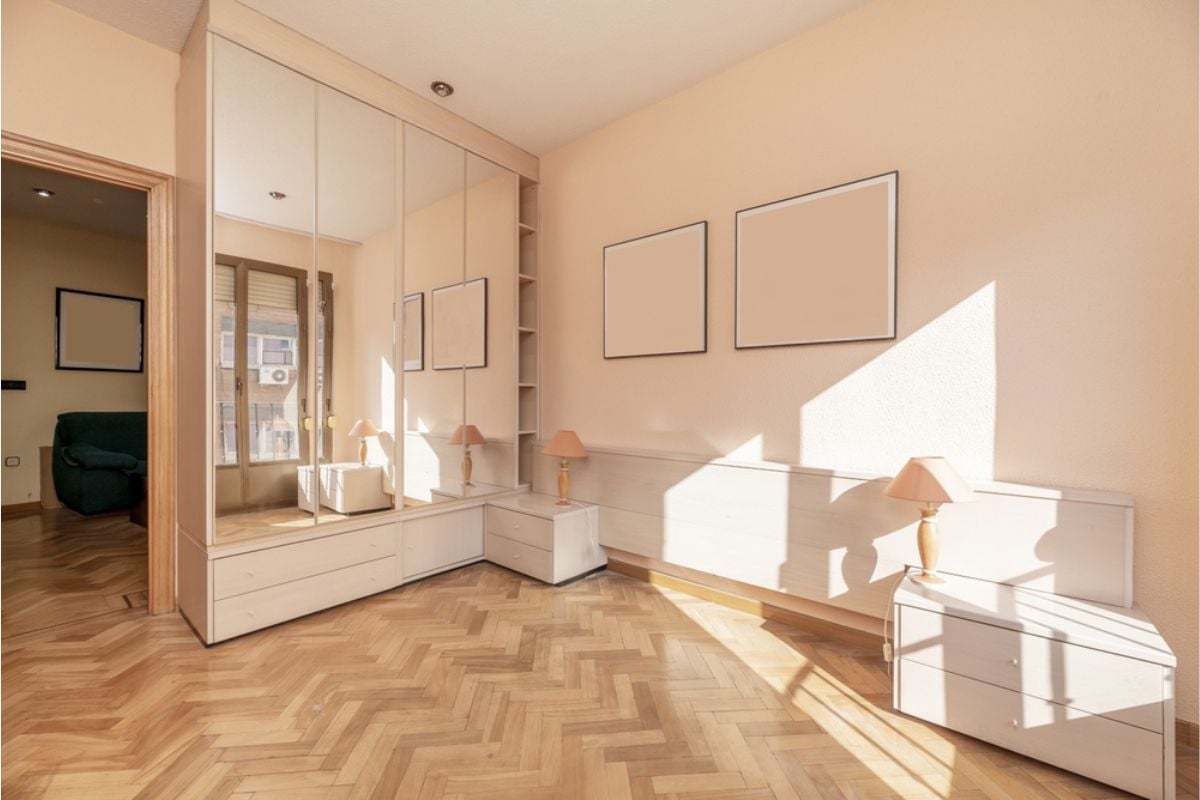
Removing a closet can disqualify a room from being marketed as a bedroom in some areas. Even where it’s still allowed, buyers equate closets with daily convenience, organization, and resale strength. Add back a built-in, a well-fitted wardrobe, or a compact reach-in if space is tight. Storage is value—take it away and the price usually follows.

